Xiaomi 14 vs OnePlus 12: The Ultimate Showdown in Tech
Welcome to “Xiaomi for All“, where we dive deep into the latest and greatest in tech, particularly focusing on Xiaomi‘s innovations. Today, we’re comparing two titans of the smartphone world: the Xiaomi 14 and the OnePlus 12. This comparison isn’t just about specs; it’s about understanding which device aligns with your lifestyle and tech needs. Xiaomi 14 vs OnePlus 12: The Ultimate Showdown in Tech. Let’s get started!

Design: A Tale of Two Philosophies
Firstly, let’s talk design. The Xiaomi 14 is a marvel of engineering, boasting a lightweight and sleek design with dimensions of 152.8 x 71.5 x 8.2 mm and a weight of just 188 grams. This makes it a perfect fit for those who value ease of handling and a compact form factor. The OnePlus 12, however, takes a different approach. It’s heftier, with dimensions of 163.3 x 75.8 x 9.2 mm and a weight of 220 grams, catering to those who prefer a more substantial feel. Both models exude premium quality, with the Xiaomi 14 featuring a glass back and metal frame, and the OnePlus 12 following suit with similar high-grade materials. Notably, the Xiaomi 14’s IP68 certification outshines the OnePlus 12’s IP65 rating, offering enhanced dust and water resistance.

Display: Visual Feast
The display is where the battle heats up. The Xiaomi 14 comes equipped with a 6.36-inch OLED screen, offering a Full HD+ resolution that brings vibrant colors and deep blacks to life. In contrast, the OnePlus 12 steps it up with a 6.82-inch AMOLED display, presenting a Quad HD+ resolution for those who indulge in gaming or media consumption. This larger, sharper display is a true visual treat.
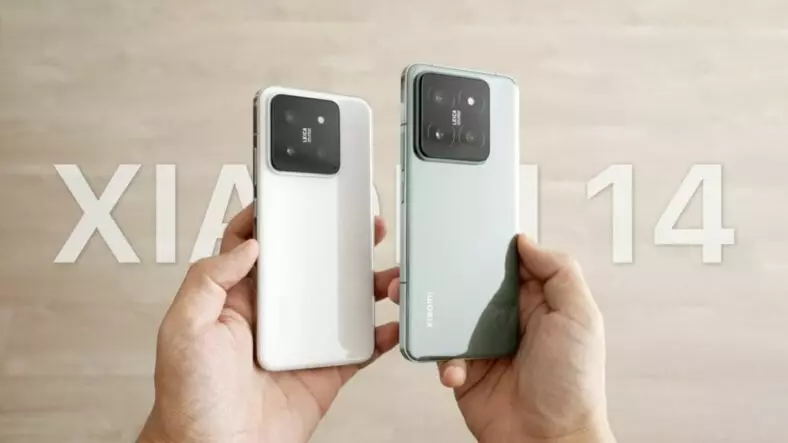
Specs & Software: Power and Elegance
Both phones are powered by the Qualcomm Snapdragon 8 Gen 3 chipset, ensuring a smooth, responsive experience. The Xiaomi 14 offers a range of 8 GB to 16 GB of RAM and storage options from 256 GB to 1 TB. The OnePlus 12 pushes boundaries with up to 24 GB of RAM, a feature that gamers and power users will adore. On the software front, the Xiaomi 14’s HyperOS offers extensive customization, while the OnePlus 12’s OxygenOS is known for its clean, intuitive interface. Both systems run on Android 14 and are packed with features like 5G, dual SIM support, eSIM capability, and reverse wireless charging.
Camera: Capturing Moments
In the camera department, both phones are exceptional. The Xiaomi 14 features a triple 50 MP setup, offering flexibility in photography. The OnePlus 12, however, has a 50 MP + 64 MP + 48 MP configuration, enhancing specific scenarios like zoom and wide-angle shots. The front cameras on both are 32 MP, but the OnePlus 12’s slightly narrower aperture might impact low-light selfies.
Battery: Powering Your Day
Battery life is essential, and here the OnePlus 12 leads with its 5400 mAh battery, surpassing the Xiaomi 14’s 4610 mAh. Moreover, the OnePlus 12’s 100W fast charging eclipses the 90W charging of the Xiaomi 14, ensuring quicker recharge times.
Price: Value for Money
When it comes to price, the Xiaomi 14 starts at €520 ($550), while the OnePlus 12 begins at €560 ($600). The choice boils down to what matters most to you. If a compact, robust, and water-resistant phone is your preference, the Xiaomi 14 is unbeatable. However, if a larger display, superior battery life, and enhanced camera capabilities are your priorities, the OnePlus 12 is the way to go.
Conclusion: Making the Right Choice
Both the Xiaomi 14 and OnePlus 12 exemplify the pinnacle of smartphone technology, each catering to different user preferences. Whether you go for the Xiaomi 14’s compactness and robust build or the OnePlus 12’s larger display and battery power, you’re choosing a device that represents the best of modern mobile technology.
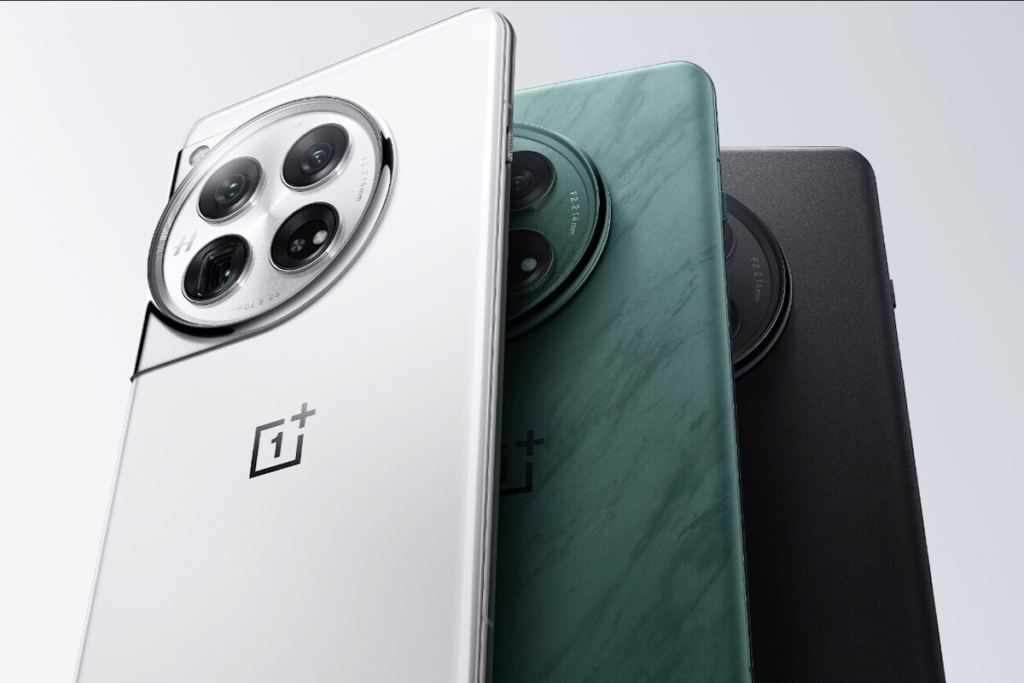
Xiaomi 14 vs OnePlus 12: Pros and Cons
OnePlus 12 Pros:
- Wider display
- Better display resolution
- Bigger battery
- Faster charging
- More RAM
OnePlus 12 Cons:
- Larger dimensions
Xiaomi 14 Pros:
- More compact design
- High-quality cameras
- Wider availability
- Great connectivity
Xiaomi 14 Cons:
- Smaller battery

Face to face: Xiaomi 14 vs OnePlus 12
| Feature | Xiaomi 14 | OnePlus 12 |
|---|---|---|
| Dimensions | 152.8 x 71.5 x 8.2 mm | 163.3 x 75.8 x 9.2 mm |
| Weight | 188 g | 220 g |
| Display Type | OLED | AMOLED |
| Display Size | 6.36 inches | 6.82 inches |
| Resolution | 1200 x 2670 pixels (Full HD+) | 1440 x 3168 pixels (Quad HD+) |
| Processor | Qualcomm Snapdragon 8 Gen 3, octa-core | Qualcomm Snapdragon 8 Gen 3, octa-core |
| CPU Speed | 3.3 GHz | 3.3 GHz |
| RAM Options | 8 GB, 12 GB, 16 GB | 12 GB, 16 GB, 24 GB |
| Storage Options | 256 GB, 512 GB, 1 TB | 256 GB, 512 GB, 1 TB |
| Operating System | Android 14, HyperOS | Android 14, OxygenOS |
| Connectivity | Wi-Fi 6e and 7, Bluetooth 5.4, GPS | Wi-Fi 6e and 7, Bluetooth 5.4, GPS |
| Camera (Rear) | Triple 50 + 50 + 50 MP | Triple 50 + 64 + 48 MP |
| Camera (Front) | 32 MP | 32 MP |
| Battery Capacity | 4610 mAh | 5400 mAh |
| Fast Charging | 90W wired, 50W wireless | 100W wired, 50W wireless |
| Certification | IP68 (dust/water resistant) | IP65 (dust/water resistant) |
| Additional Features | 5G, dual SIM, eSIM, reverse wireless charging | 5G, dual SIM, eSIM, reverse wireless charging |
This table outlines the key specifications of both the Xiaomi 14 and OnePlus 12, highlighting the differences and similarities in design, display, performance, camera, battery, and additional features. It’s a great tool for anyone trying to make an informed decision between these two flagship smartphones.
Xiaomi 14 vs OnePlus 12
Dive into the detailed comparison of Xiaomi 14 vs OnePlus 12, exploring design, display, specs, and more to help you make the best choice.
Xiaomi, OnePlus, Xiaomi 14, OnePlus 12, Android, Snapdragon, OLED, AMOLED, HyperOS, OxygenOS, 5G, Dual SIM, eSIM, camera, battery, tech.



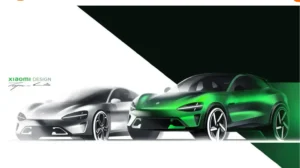
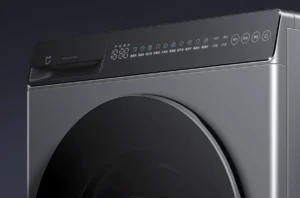
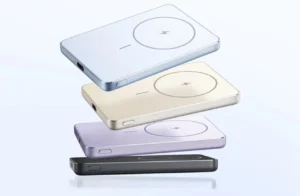
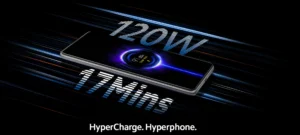
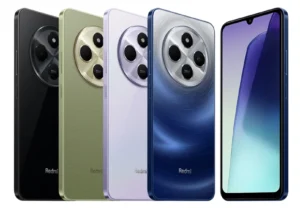
7 thoughts on “Xiaomi 14 vs OnePlus 12: The Ultimate Showdown in Tech”